

We pitted top UK food photographer David Robson against the AI platform Dall-E to see if the general public would be able to tell the difference between a delicious bowl of real steaming pasta, versus a computer generated image.


David captured a series of popular dishes from one of Slerp’s customers – the Italian food and drink destination, Eataly London, before the same images were then recreated by AI and shown to 100 members of the public.
Across the 10 different food images shared, over 60% of those asked could not tell if it featured real food or an AI generated image. And on individual food items, nearly three-quarters (73%) could not recognise an AI version of a margherita pizza and two-thirds failed to spot an AI croissant or a bowl of cacio e pepe pasta (66% and 69% respectively).
The AI experiment followed on from a previous piece of Slerp research* that highlighted nearly 50% of customers are more likely to order food when they can see what it looks like. Having put AI to the test, the results demonstrate just how easy it can be for restaurants to recreate their menu dishes using easily accessible digital resources. It is especially efficient, and a good budget hack for those who might frequently change their menus – such as those offering seasonal options.
JP Then, Founder of Slerp said: “The tools available to all of us now through AI are advancing incredibly fast, and the ways it can be applied to the hospitality sector are very interesting. We know the public generally like seeing food before they order online, so if a restaurant has the time and budget for a professional photo shoot that can truly reflect their menu, then we would always say to go for it. But this experiment shows that for most people when looking at pictures online, the AI version of the pizza is as appealing as the real thing. So, for those brands and companies constrained by resources, timings or budgets,we would say as long as the images still look good enough to eat and reflect the real item being offered, then why not try it.”
Professional food photographer David Robson who captured the real-life photographs said: “I’m intrigued by AI and its ability to generate images that are nearly indistinguishable from reality. While some might see this as a threat, I believe that AI has the potential to enhance the work of creative professionals. By embracing AI tools for photo editing and admin tasks, we can streamline our workflows and focus time on the creative aspects of our work. As technology advances, it’s important for creatives to stay ahead and explore how AI can assist them.”
We’re pretty proud of our product and all its capabilities. But that doesn’t mean we’re not still looking to develop and improve. Sometimes it truly is the little things that make the difference, so here is our latest product update! Have a look at some of the latest things we’ve been working on to improve both you and your customers’ experience!
There is something wholeheartedly satisfying about watching your food’s journey from the restaurant to your doorstep. This is something that customers have come to expect thanks to Marketplaces. But from a practical side, it’s actually helpful for the customer to be able to see what stage their order is at. Tracking manages customer expectation when it comes to arrival times and reduces any need for support if an order were to be delayed.
This new update is optimised for mobile as well as desktop use. Users can now track couriers as they arrive at your venue to pick up the customers order and as they deliver the food to their doorstep.
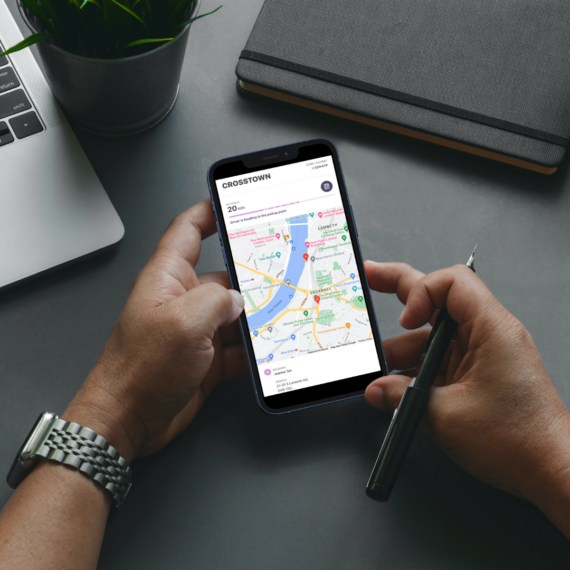
Simple but effective – customers can now save their favourite delivery addresses. We back our checkout experience as one of the speediest and best in the industry, this update simply makes it easier and quicker for the customer to order from you.
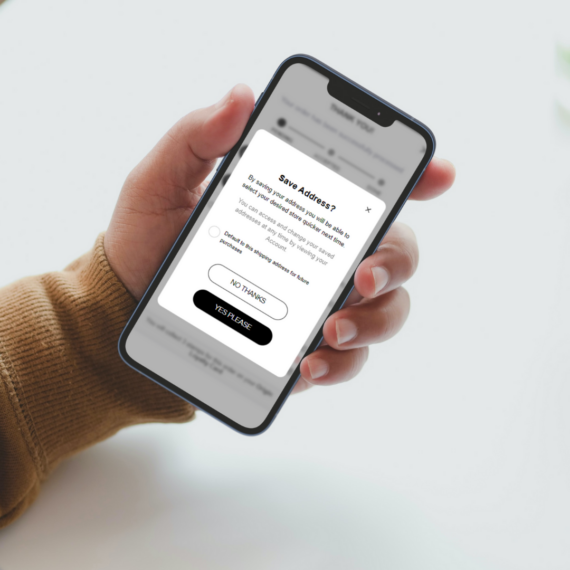
Instagram shopping is one of the latest trends in E-Commerce. It’s a really quick way for customers to order from you. Now, integrating with instagram is easier than ever. We can guide you through the process. Get in touch to set it up today.
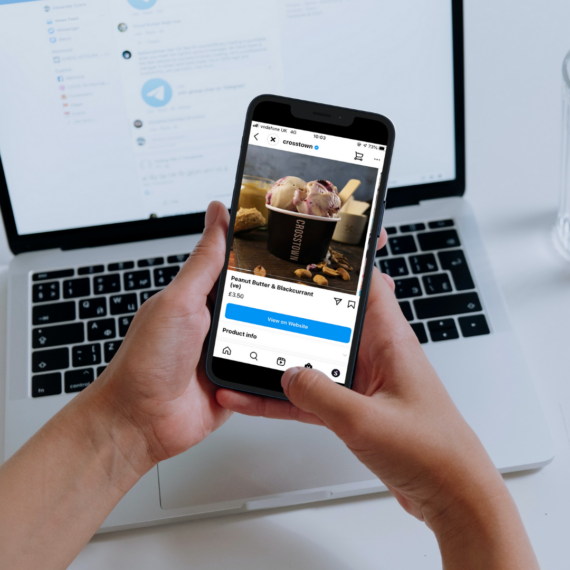
Partners can now view and take orders from multiple stores at once all with one tablet. Using the same process as a single store, you simply now have the option to select more than one if needed. Which means partners can view and take orders from multiple stores at once. You can also change inventory stock based on products labelled by store name.
This is perfect for those using different stores to vary delivery radius or product inventory. As well as dark kitchens who have multiple brands they need to run.

Partners can now adjust a product or modifier’s availability based on how the customer orders. For example, a customer might be able to order something off the menu on premise but it might not be available for delivery. Meaning partners can manage their stocks better.
Existing products or modifiers can be configured in the “Edit Product” or “Edit Modifier” modal. The same options are available when creating a new product or modifier.
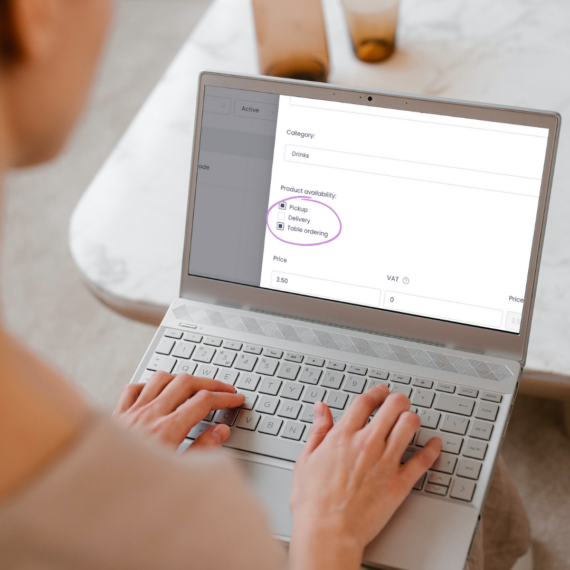
Nearly all of these updates are ready and waiting for you in the back end of your online store, but as always, if you have any questions or need any support, we’re here! Not a Slerp partner but like the sound of it? Get in touch today and start your D2C journey.
We know you’re busy and have a to-do list that’s a mile long, but if you’re serious about growing your business, you need to start with the basics. Who are your customers, and where do they come from? We present to you: Google Analytics. Millions of businesses both big and small rely on this tool for web analytics. It’s a free and relatively simple tool to use.
We reckon google analytics is the perfect partner for your online ordering system. But in case you’re not familiar, we thought we’d give you a quick overview of some of the basics and how you can use them in your hospitality business.
It’s a tool that allows you to track visitors to your online shop, telling you where people have come from (through social media or email for example). You can then utilise this information to give you a better insight on how to convert these visits into sales.
You don’t need to track visits. You could just let them happen and hope for the best … just like you could continue to use marketplace apps and never own YOUR data. But as we’ve said before, if you’re looking for long term growth, you might want to reconsider. Here are a couple reasons
You want your customers to be able to find your store easily and from multiple channels. Whether they come through ads, social or just searching for your URL, you need to understand the role that each of these channels plays in your overall sales mix.
To find traffic sources for specific pages you just need to do the following:
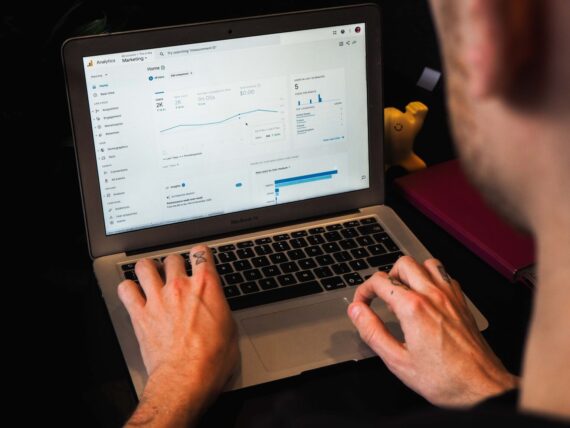
Once you’ve grasped the basics and have learnt to navigate around your analytics, it’s time to start analysing. Looking at the data is really important and interesting but it’s what you do with it that matters.
Pay attention to what days and times are most popular with your customers and tailor your offering to what they need. Do you need to have more staff available to support your online shop on those days? Or might you need to stock up on a certain product! With analytics, you can start to anticipate customer needs.
Where are they ordering from? You might have grounds to expand your delivery radius or even think about adding ‘nationwide’ delivery to your lineup so that more people have access to your venue.
It can also give you insight into what you’re not doing well and indicate where you can improve. For example, are customers bouncing (leaving the site) before actually buying anything? Do you need to update your imagery, change product descriptions or offer a more affordable delivery rate? Analytics can help you answer all these questions and more.
Google Analytics can be intimidating at first, but it’s a really great tool when you get your head around it. Once you’ve mastered the basics and optimised your organic channels, let us help you level up. At Slerp we have an expert team of digital and performance marketers who can support you. They can increase your revenue, running ads on your social media and google search, and help you boost your search ranking through SEO, all of which attract new leads and convert them into orders.
Remember we’re always here for any questions you have or support you need, just drop us a line and we can guide you through the tools that are right for you and your hospitality business.
QR codes are not a particularly new concept, they’ve been around for a while. But there’s no doubt that the last couple of years has seen a big uptake of them. Particularly in Hospitality. At some point we just got used to seeing a square barcode on the table, ready to scan instead of a tangible menu. So the question is, are they still relevant? Are people still using QR ordering, or has the use slumped post-pandemic?
So, now that there are little to no restrictions in place, let’s take a look at the latest situation for QR codes
A QR code is a square matrix barcode. It’s very similar to a normal barcode found within a supermarket and is made up of squares and dots. Each of these symbols can be scanned and turned into readable data.
There are two broad types of QR codes to be aware of: static and dynamic QR codes. With static codes, the information within them can’t be edited again later. There’s also no ability to track a static QR code once it has been created.
By contrast, a dynamic QR code is a more advanced type of QR code, it allows you to track the number of scans and you can edit it later – for example, if you notice a mistake or want to change the URL behind it.
It’s hard to sum up the many benefits and uses that QR codes can bring to your restaurant, bakery or coffee shop, so bear with us whilst we give it a go…
Order at table is potentially the most visible benefit of QR codes (in our industry at least). An affordable and efficient alternative to a tangible menu, a quick scan directs your customers to your digital menu. There were obvious benefits to this during the pandemic (which we won’t bore you with).
But just because the dreaded ‘social distancing’ is a thing of the past, doesn’t mean that the benefits of ordering from a QR code are too. QR codes help both you and your customers. They save your staff time and you the expense of endlessly printing menus. What’s more, QR codes create a slicker, more seamless experience for the consumer, leaving them with a great impression of your service.
We are feeling these shortages with you. It’s a difficult landscape to navigate right now, finding good staff takes money and time. So any form of technology that might lift some weight off both you and your staff’s shoulders is a good thing right?
‘Order at table’ tech like ours can be excellent for precisely this. It frees up your team’s time, allowing them to deliver the key aspects that make hospitality so enjoyable and personal!
Since restrictions have lifted, eating out is back with a bang. Demand is up and with it comes the opportunity for higher volumes and revenue.
So you want your in-premise system not just to cope but to thrive. Relying on manual ordering can be really inefficient in busy times. In contrast, a QR system is quick and simple. The customer simply scans and in a few taps, they can have their item ordered. It’s slick and intuitive, and will help you serve more customers to a higher standard.
Some of our partners using QR-code-based solutions have said to us that a convenient and easy-to-use platform like an ‘order at table’ app often encourages their customers to spend and tip that bit more than they might have otherwise done.
Yes, even in the world of hospitality, ‘impulse buying’ can be a thing. Particularly when you catch your customers in a mood to pay slightly more when you make it super-easy for them to buy from you. And the best bit is it’s a really cost-efficient solution, bringing you a lot of financial benefits without heavy investment.
The fact that QR codes can help you reduce your paper usage saving you money and waste is a really powerful reason to stick with them long after the pandemic.
The climate crisis is assuming ever-greater prominence in the news headlines these days, so it is crucial that all businesses do everything possible to minimise their day-to-day environmental impact.
This is not just something for your conscience but an issue that the modern day consumer cares about. Investing in the planet could even help you attract and keep hold of those customers who share a belief in the importance of protecting the only planet we have.
It’s also just much more efficient. Rather than having to reprint every time they get dirty or you update your menu, you can simply utilise dynamic QR codes and update the link to your new menu. That’s a much quicker and slicker process than having to have your paper menus edited and reprinted each time, just because of a few minor changes you might wish to make.
We’re sure you’re getting the picture by now but QR codes have so many uses. You can print them on pretty much anything, and implement them into your marketing collateral for example.
Consider the scope to have QR codes on your posters, flyers, paper menus, and even on your food packaging when delivered to the customer’s home, to encourage repeat orders.
Meaning you could send customers (rapidly) to your restaurant’s latest menu or ordering app, or to current limited-time-only promotions.
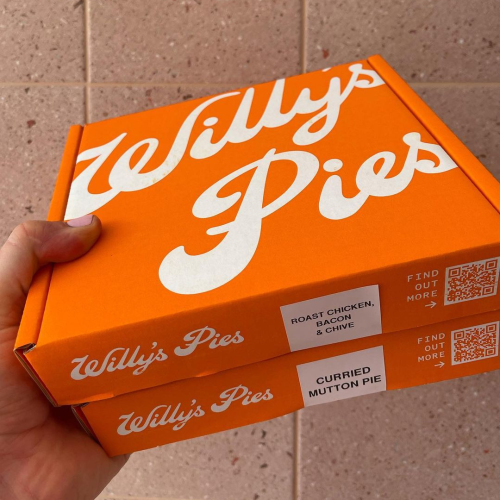
You can put QR codes on you packaging!
The short answer is: everyone! And certainly, every type of hospitality business active today. Whether you operate a quick-service restaurant (QSR), bakery, takeaway, or a similar establishment, QR codes could help your business operate more efficiently in 2022, while minimising pressure and stress for your team members.
QR codes can be extremely useful, we’ve established that for sure. The pandemic may have been responsible for their rapid growth but QR codes are here to stay. So, you should make sure to include them in your business’s strategy.
We get that there are a lot of new trends and technologies to keep track of, so if you need a bit of guidance, Slerp is here to help.